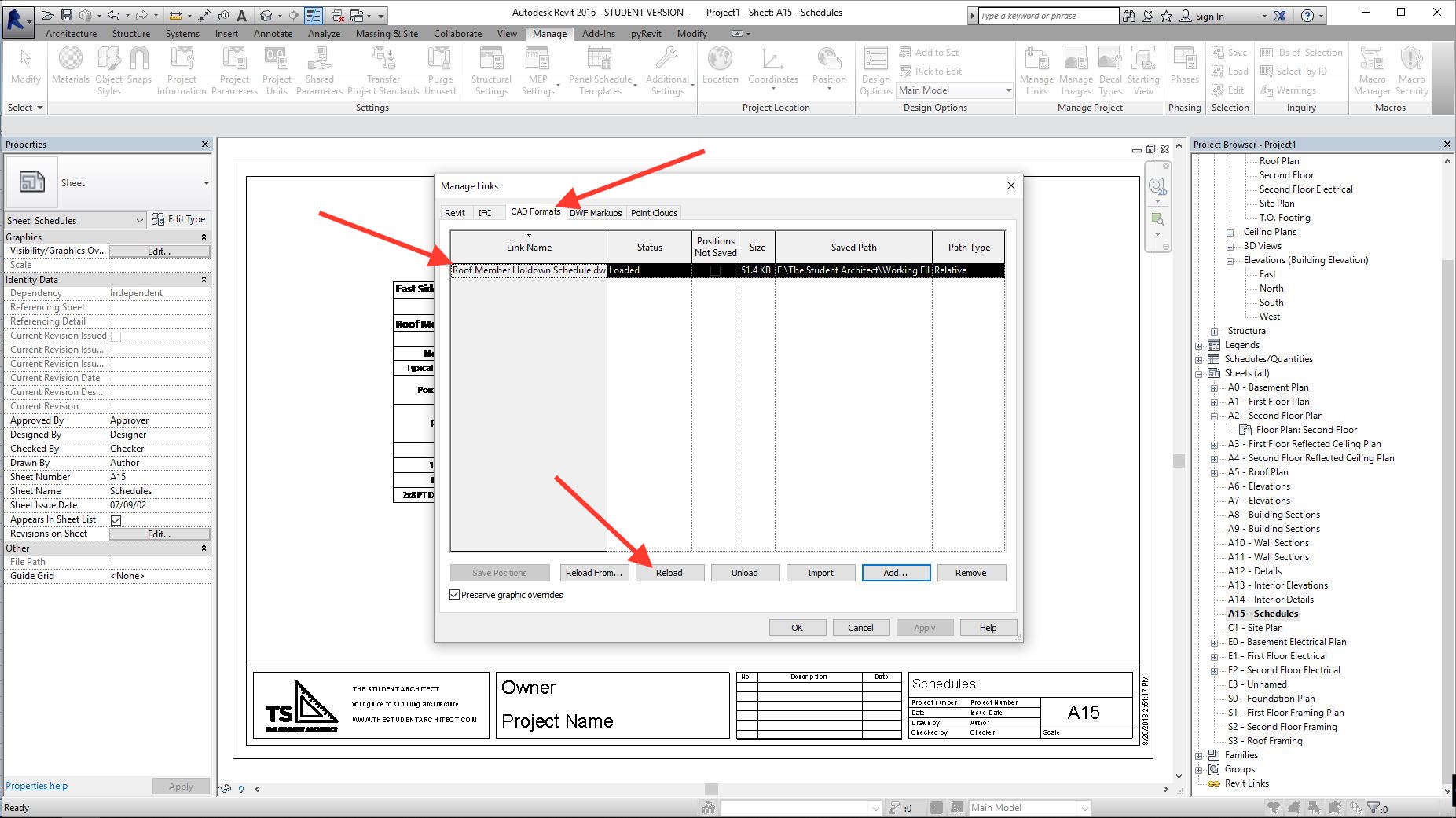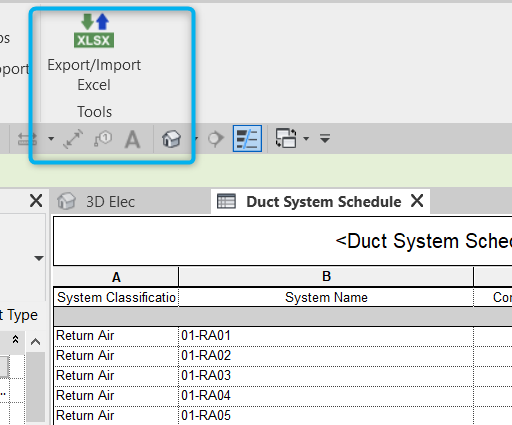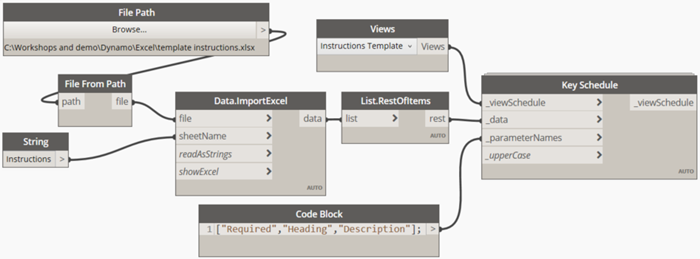Revit Plugins and Tools: Enhancing Your BIM Journey
Wiki Article
Mastering the Art of Information Assimilation: Just How to Seamlessly Import Excel Info Into Revit
Are you struggling to import Excel documents right into Revit smoothly? Look no more! In this article, we will lead you through the process of mastering the art of data assimilation. Discover the value of seamless integration in Revit and explore the Excel file format for Revit integration. Get all set to prepare your Excel data effortlessly and follow our step-by-step overview to import documents into Revit. With our finest practices, you'll achieve information assimilation success in no time at all. Allow's obtain begun!Recognizing the Importance of Data Assimilation in Revit
Recognizing the significance of information integration in Revit is vital for seamless importing of Excel files. It allows you to effectively update and manage information throughout the entire project when you incorporate data from Excel right into Revit. This combination makes certain that your layout and building and construction procedure is exact and up-to-date.By integrating information, you can easily import and update specifications, schedules, and also geometry in Revit. This eliminates the need for manual information entry, saving you time and reducing the danger of mistakes. With Revit's data assimilation abilities, you can keep uniformity and accuracy in your job, while additionally enhancing partnership among employee.

Discovering the Excel File Style for Revit Combination

In order to efficiently integrate Excel files into Revit, it is critical to make sure that the data is formatted appropriately. This consists of appropriately identifying columns and rows, in addition to structuring the information in such a way that works with Revit's data schema. Revit makes use of specific criteria and groups to arrange data, so it is vital to align the Excel data with these specifications to ensure a smooth assimilation.
Furthermore, it is necessary to keep in mind that Revit only supports specific data kinds when importing from Excel. These include message, numbers, and dates. Any various other information types, such as solutions or conditional format, will certainly not be recognized by Revit and might cause concerns during the combination procedure.
Preparing Your Excel Data for Seamless Import Into Revit
To make certain a smooth integration process, you'll need to effectively style and label the columns and rows in your Excel data prior to importing it into Revit. Beginning by examining your Excel data and recognizing which columns and rows consist of pertinent details for your Revit task.Next, make certain that the data in each column is effectively formatted. If you have a column for dimensions, make sure that all dimensions are constantly formatted in the very same systems of measurement. Revit relies upon constant formatting to precisely translate and import data.
Furthermore, it is crucial to examine for any vacant cells or disparities in your data. Revit might not be able to check out or import information from cells that are empty or include mistakes. Therefore, it is advised to assess your Excel data and tidy up any inconsistencies prior to importing it into Revit.
Step-By-Step Overview to Importing Excel Record Into Revit
Once you have actually appropriately formatted and identified your Excel information, you can easily import it into Revit by following this step-by-step guide. To begin, open Revit and navigate to the "Insert" tab. Click on "Import CAD" and choose "Import Excel" from the dropdown menu. A new window will show up, asking you to situate the Excel file you desire to import. Search your computer system and select the Excel data, then click "Open."Following, a dialog box will show up, enabling you to customize the import settings. Below, you can choose the worksheet you want to import, define the variety of cells to import, and choose the proper devices for your information. As soon as you've made your choices, click "OK" to proceed.
Revit will now display a preview of your Excel information. Take a moment to make sure and assess the preview that whatever looks right. If required, you can make changes to the import setups by clicking the "Setups" switch.
Ideal Practices for Information Combination Success in Revit
See to it you adhere to these finest techniques to make sure effective integration of information in Revit. Primarily, it is crucial to organize your data in Excel prior to importing it into revit add ins Revit. This suggests making sure regular naming conventions, appropriate formatting, and precise data depiction. Next, make use of Revit's built-in tools for information mapping. This will certainly enable you to match the columns in your Excel data with the corresponding criteria in Revit. Bear in mind the information and systems types when mapping the information, as any discrepancies can cause errors in the integration procedure.Another important method is to consistently confirm and upgrade your information. As your task advances, it is vital to keep your Excel documents as much as date with any type of changes made in Revit. This will certainly help keep the precision and consistency of your data across both systems. Additionally, take advantage of data validation devices within Revit to identify any type of mistakes or variances in the integrated information.
Finally, it is recommended to establish a clear operations for information combination. This consists of defining responsibilities and functions, establishing a communication channel in between staff member, and establishing a normal tempo for data updates and reviews. By complying with these ideal methods, you can guarantee a successful and seamless integration of information in Revit, inevitably enhancing the performance and precision of your job.
Conclusion
In conclusion, grasping the art of information assimilation is crucial for smooth import of Excel submits into Revit. Understanding the relevance of data combination in Revit is the initial step in the direction of successful integration. Exploring the Excel documents style for Revit combination aids in comprehending the restrictions and needs. Preparing the Excel data properly and following a detailed overview is crucial for a smooth import procedure. By following finest practices, you can make sure information integration success in Revit and make one of the most out of your job.When importing data from Excel right into Revit, it is vital to understand the file layout and just how it can affect the assimilation procedure (revit tool). Revit utilizes particular specifications and categories to organize data, so it is vital to straighten the Excel information with these criteria to guarantee a seamless integration
Be mindful of the information and systems types when mapping the information, as any kind of inconsistencies can lead to errors in the integration process.
Additionally, make use of information recognition devices within Revit to determine any type of mistakes or variances in the incorporated data.

Report this wiki page